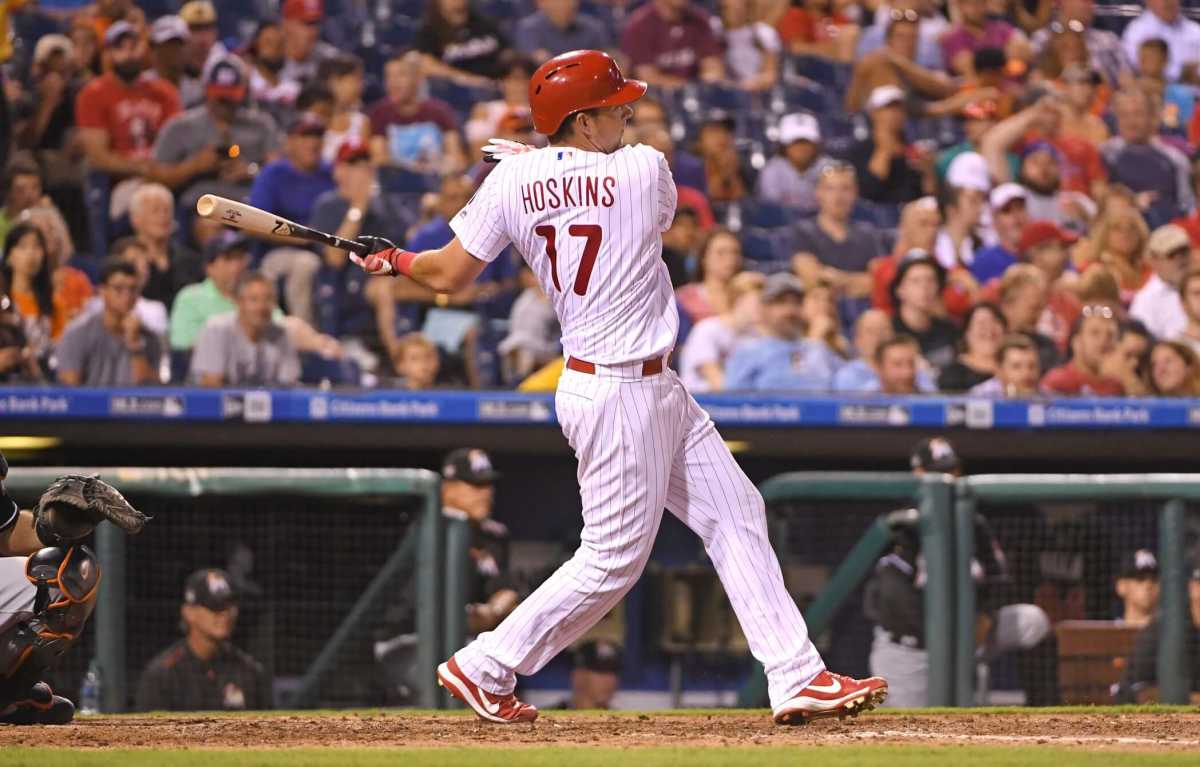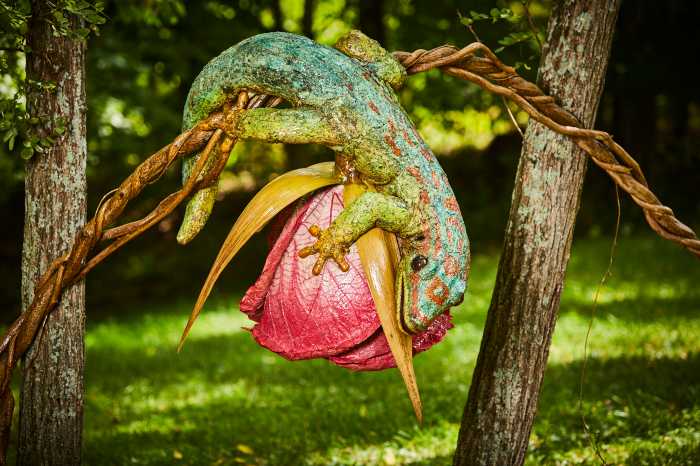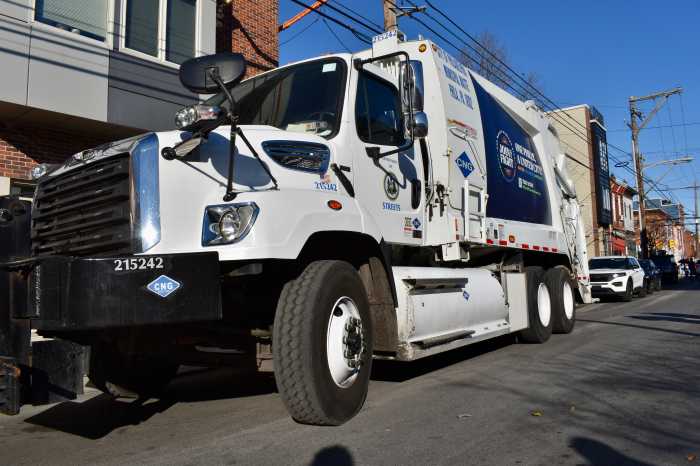He needs more at bats in the minor leagues they said. His time hasn’t come they said. He creates a logjam in the outfield. I said that last one, actually. There is no metaphorical “they” in that last comment. Just me, discussing the difficulties that may await the Phillies’ front office in the coming years with just how many outfielders the team has. Rhys Hoskins may be quelling all of those concerns, quickly.
I was around Jayson Stark this weekend, the epitome of baseball knowledge, and he gave me one of those, “Man, sometimes I think I know what I’m talking about” moments, when he echoed, or should I say put the thoughts more eloquently into words than I have the capability of doing, the thought process that the likely move, if Hoskins were to stay in the outfield, was to trade Odubel Herrera because of his extremely team friendly contract. I can’t imagine a scenario in which Hoskins doesn’t eventually transition back to first base, as the team pushes Tommy Joseph further out the door, but for the foreseeable future, this is the dilemma we appear to be facing.
But is there really a dilemma? At this point, through his first 17 games, isn’t the thought process just to get Rhys Hoskins on the field in whatever capacity the team can find every single night? Of course it is.
Rhys Hoskins was called up from Lehigh Valley to make his Major League debut on August 10 against the Mets. He drew a walk, but was eventually kept out of the hit column that night. To be fair, the offense had four total hits that night off an electric Jacob deGrom, who struck out nine over 6.2 innings. Hoskins followed his “0-for” debut with another one the next night. The Saturday game proved more of the same. Four at bats, no hits. Rhys Hoskins, the power bat that hit 38 homeruns in the minor leagues last season, had officially started his Major League career 0-10 with two walks. For those of you keeping score at home, that’s a .000 batting average and a .166 on base percentage. Not how a young kind envisions his start.
Then something glorious happened on the 13th of August that Phillies’ fans may never forget: in the fifth innings, Rhys Hoskins ripped his first Major League hit to right field. The average rose that day to .077, but it was enough to get the slugger jump started. Since the first base hit, Hoskins has a hit in 11 of the team’s last 13 games, six of which are multi hit games.
A day after the first career hit, Hoskins and the Phillies went to San Diego to take on the Padres. Hoskins hit his first Major League homerun that night off Travis Wood. It was an absolute moonshot, traveling 410 feet deep into the left field porch. As if that wasn’t enough, Hoskins decided to add to his homerun total in the seventh inning, taking a pitch from Craig Stammen to straight away center field, his second career bomb.
Since that two homerun outburst, Hoskins has managed to connect with an additional eight homeruns, giving him 10 in his first 60 at bats! Hoskins has 10 homeruns in his first 17 Major League games.
Over the course of his incredibly small career, Hoskins made elite history. He is now second all-time in homeruns through a player’s first 15 games, tying Carlos Delgado and falling just one short of Rockies’ shortstop Trevor Story. Two nights ago, he became the first player in Major League history to hit nine homeruns through his first 16 games. Last night, he added to that, by hitting his tenth homerun in 17 games. It took the two greatest homerun hitters in Phillies’ history, Mike Schmidt and Ryan Howard, more than 60 games each to hit their tenth career homeruns. In Major League history, he was able to dethrone Trevor Story in this feat, as it took Story 21 games to get to 10. Hoskins has out paced entire teams over the last ten games, as the Nationals and Giants have hit less, and the Padres and Royals have the same amount.
The homeruns have been great to see, and Hoskins has certainly rejuvenated a Phillies’ fanbase that was dead in the water, just praying that September will get here soon. But what really makes Hoskins’ first few weeks in the big leagues so impressive is his plate discipline when he’s not hitting homeruns. Hoskins has walked 11 times in 71 plate appearances. Over his time as a Phillie, he’s only struck out 12 times. So take the high walk rate (15.4%) and low strikeout rate (16.9%) and it’s no wonder he’s been able to hit the ball with such power. He’s seeing a ton of pitches, keeping his weight adjusted and back nicely, and driving through the ball. He’s now batting an even .300 for the season with a very impressive .417 on base percentage.
What he’s able to do with the bat in his hand after falling behind in the count is nothing short of incredible. Getting ahead of Hoskins in the count, let’s say 1-2 for example, means nothing to the young slugger. As a pitcher, you’re still going to have to throw your best pitch against Hoskins ahead in the count 1-2. Hoskins has fallen behind 1-2 nine times in his career. He’s come away with three hits (all homeruns) and struckout just twice. The term purpose pitch really comes into play when you’re facing a guy like Hoskins, who isn’t buried when he falls behind.
Will Hoskins keep up this torrid pace? Probably not. It’s just not doable. But what we’ve been able to see from him over the small sample size that is his career, I know that his approach at the plate alone has justified the call up. The homeruns are an added bonus, but even if he wasn’t hitting bombs at a historic rate, Hoskins would be primed to keep his Major League job for a long time. The key to hitting homeruns, of course, is power. But the behind-the-scenes necessity is plate discipline. And Hoskins has a ton of it.
Mandatory Credit: Eric Hartline-USA TODAY Sports


























